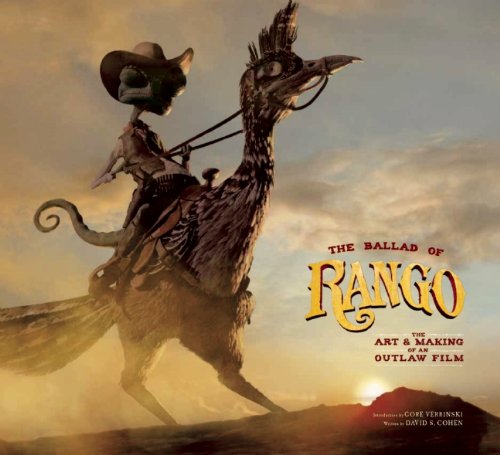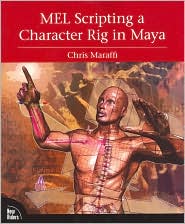Outside of art, my inspiration comes from many things, such as ancient culture, architecture, myths & legends, sculpture, etc... Here is an example of some of my general inspirations...
Ancient Culture & History
Ancient dead civilisations like the aztecs, the egyptians, the mayans, greek, romans, etc... are wonderful examples of the development of humanity over time, either through art, architecture and/or culture. They are brilliant sources of inspiration, for creating stories and art. Often, these cultures are closely linked with myth and legends - the source of all modern storytelling. Because of this, I often draw inspiration from these, though sometimes it may only be aethestic. Often myths were inspired from things the cultures did not understand (such as the day/night cycle or natural phenomenoms like extreme weather) and this primal need to tell a story round anything is what draws me to their stories...
Nature & the Natural World
A lot of my fascination is drawn from the living world around me, from plants to animal life. While this may seem a little generic or open, there is not a single source of inspiration I can point to for this. The way things move, the habits of creatures, the natural beauty of the world, geography, geology, etc...are all inspiring.
In particular, I am drawn to other forms of life, such as animals, reptiles & birds. A lot of my previous work draws from these sources.
Ancient Storytelling & Myth
As mentioned above, stories were humanity's way of trying to understand nature. All across the world, there are myths and legends to help explain the unknown. These stories are great fuel for inspiration, and a lot of great storytelling started here from the Greek myths to modern traditions such as the Mexican Day of the Dead.
Modern History & the Future of Humanity (speculation)
The source of inspiration for any sci-fi setting - modern history and the future is a topic of great interest for me. With the rise of technology and access to mass communication such as the world wide web, there is a lot of speculation as to what the future holds. It is generally inspiring for me to look at what the world was like 30 years ago, and see what my future might be.
Traditional Art
Lucian Freud
A true master of observational art, Lucian Freud has a certain way of capturing the ugly side of people without humiliating or ridiculing them. His paintings are always very gritty and textural, but often depict softer emotions in people despite their initial appearance. I prefer his newer art to his older pieces, finding them more truthful to the subject matter, but still keeping the essence of the person's emotional state intact.
Leonardo Da Vinci
Leonardo is a great inspiration for any modern artist who follows the classic principles. Not only was one of the great minds of the millennium, but he and the other renaissance artists made it so that modern day art is underpinned by an understanding of science. With formulae such as the golden ratio and the Vitruvian man, we now can construct art from our knowledge. This in particular appeals to me - someone who treads on the line between art and technology - creativity and science.




































